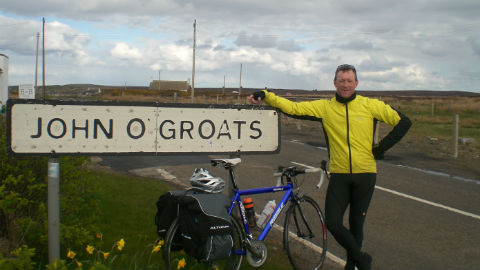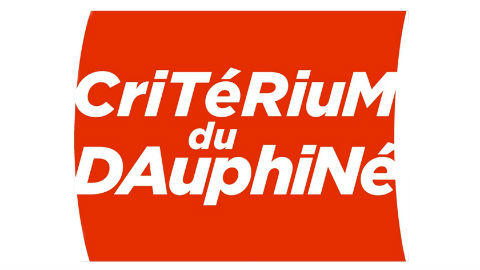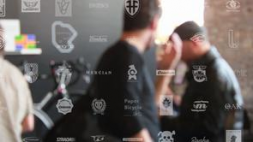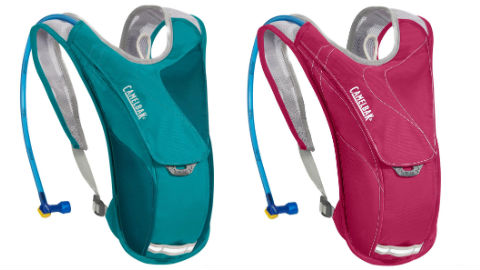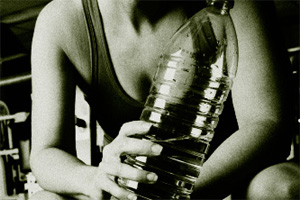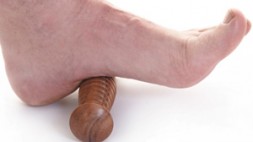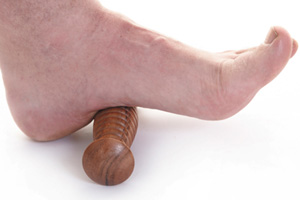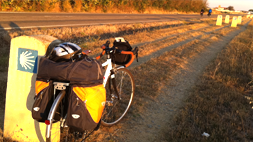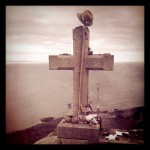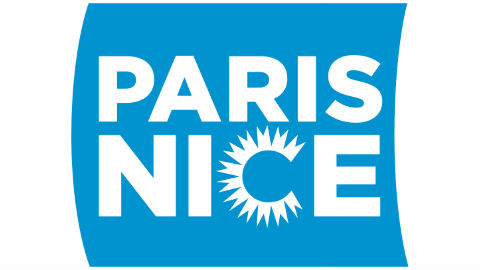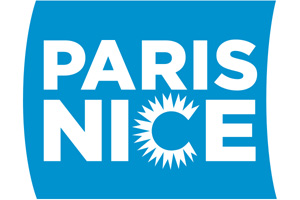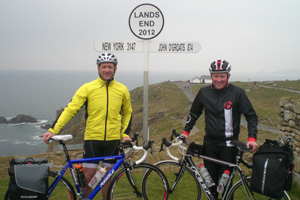 There are many classic bike rides to consider: L’Etape du Tour, the Camino, London to Paris to name but a few. Closer to home of course there is the all-too-tempting Land’s End to John O’Groats (or indeed the equally challenging reverse). For Martin Butler, a Health & Fitness Manager based in Oxfordshire, the South to North route had been a long-term ambition; one he finally set off to fulfil with friend Cameron Overton on what they hoped would be an appropriately omened Good Friday. After 950+ miles and 10 days in the saddle Cyclo caught up with him to see what he had learned…
There are many classic bike rides to consider: L’Etape du Tour, the Camino, London to Paris to name but a few. Closer to home of course there is the all-too-tempting Land’s End to John O’Groats (or indeed the equally challenging reverse). For Martin Butler, a Health & Fitness Manager based in Oxfordshire, the South to North route had been a long-term ambition; one he finally set off to fulfil with friend Cameron Overton on what they hoped would be an appropriately omened Good Friday. After 950+ miles and 10 days in the saddle Cyclo caught up with him to see what he had learned…
Cyclo: How long has this ride been in the planning?
Martin Butler: Cameron really got the inspiration after a trip to Lands End, but this was something I had wanted to do for some years; I could never be bothered to plan it though. In the end we planned the ride for a year on and off, mostly off… brief meetings over coffee and a map were pretty much all we did, plus a few kit and accommodation discussions and very casual chats over long Sunday rides.
Cyclo: With so many route options how did you settle on yours?
MB: The routes were based on the accommodation we had pre-booked, which Cameron took care of with the help of a friend who worked for the YHA. I then planned all the routes with the help of course creation website BikeRouteToaster.com which I uploaded to my Garmin 705.
Of course we had maps with the routes marked out too, and in fact we ended up using these far more than we had anticipated as the Garmin proved to be rather unhelpful at times. They were an essential back-up too; for example whilst fiddling about with the Garmin on the morning of the first day at Lands End, I managed to delete the day’s course from the computer.
Cyclo: What were the logistic hurdles? Was anyone crewing for you?
MB: We were totally unsupported for the whole trip. It was literally us and the open road. Oh, and a credit card.
Logistically, the only thing that really springs to mind is the fact that we had to leave so early each morning (usually by 6am) which meant that we missed breakfast at the accommodation each day; subsequently we had to find brekkie en route, not ideal as some of the locations were very remote and cafés/shops were few and far between. Or simply not open!
There were a few issues with my bike. I had four spokes snap on the rear wheel due to the weight of my panniers (something I discovered far too late) and seven punctures on the same tyre led me to thumbing a lift through Glen Coe to Fort William to get a new tyre and more spare tubes.
Cyclo: What bike did you use? Any modifications?
MB: I used a Ribble Winter Audax training bike, which I had purchased though the cycle to work scheme. The only modification I made was to fit some waterproof panniers. I experimented with putting on some heavy duty touring tyres, but they rubbed on the mud guards so I ditched that idea. With hindsight of course I wish I had ditched the mud guards instead, then I probably wouldn’t have had seven punctures.
The full interview with Martin Butler will feature in issue 3 of Cyclo for iPad coming soon. For issues 1 and 2 take a look at Cyclo in the iTunes Store – issue 1 is free, issue 2 just £1.49
